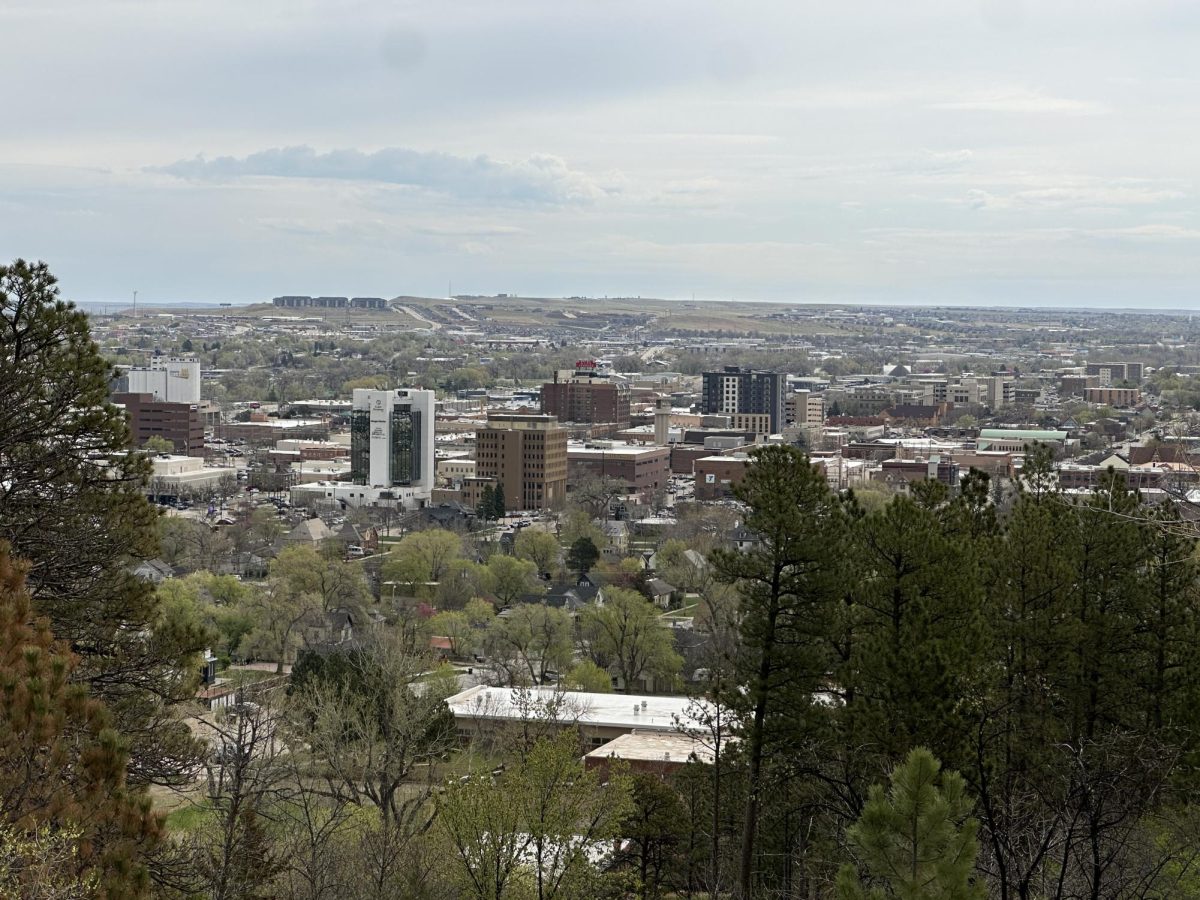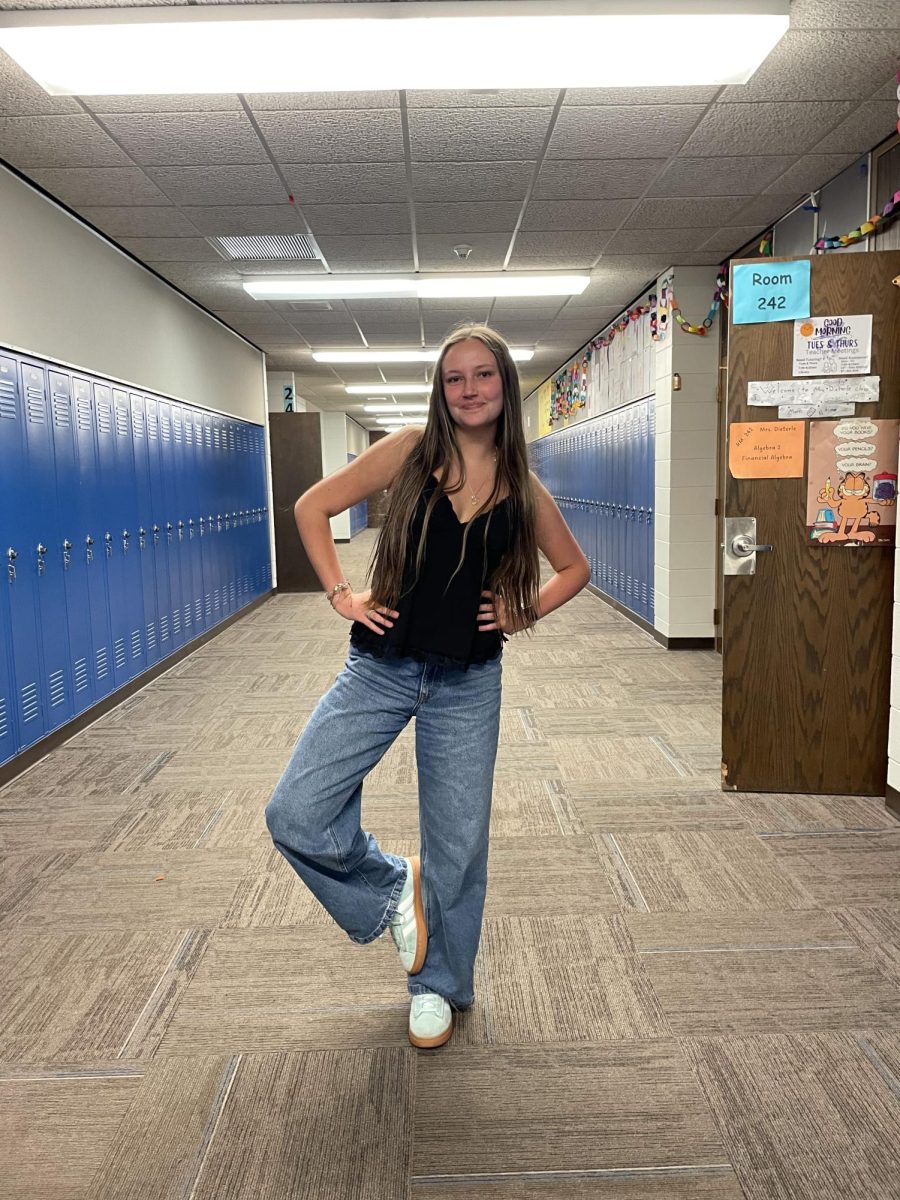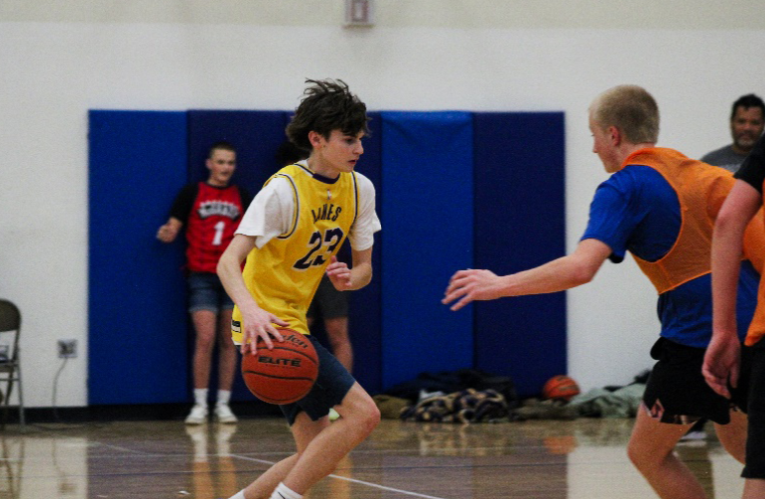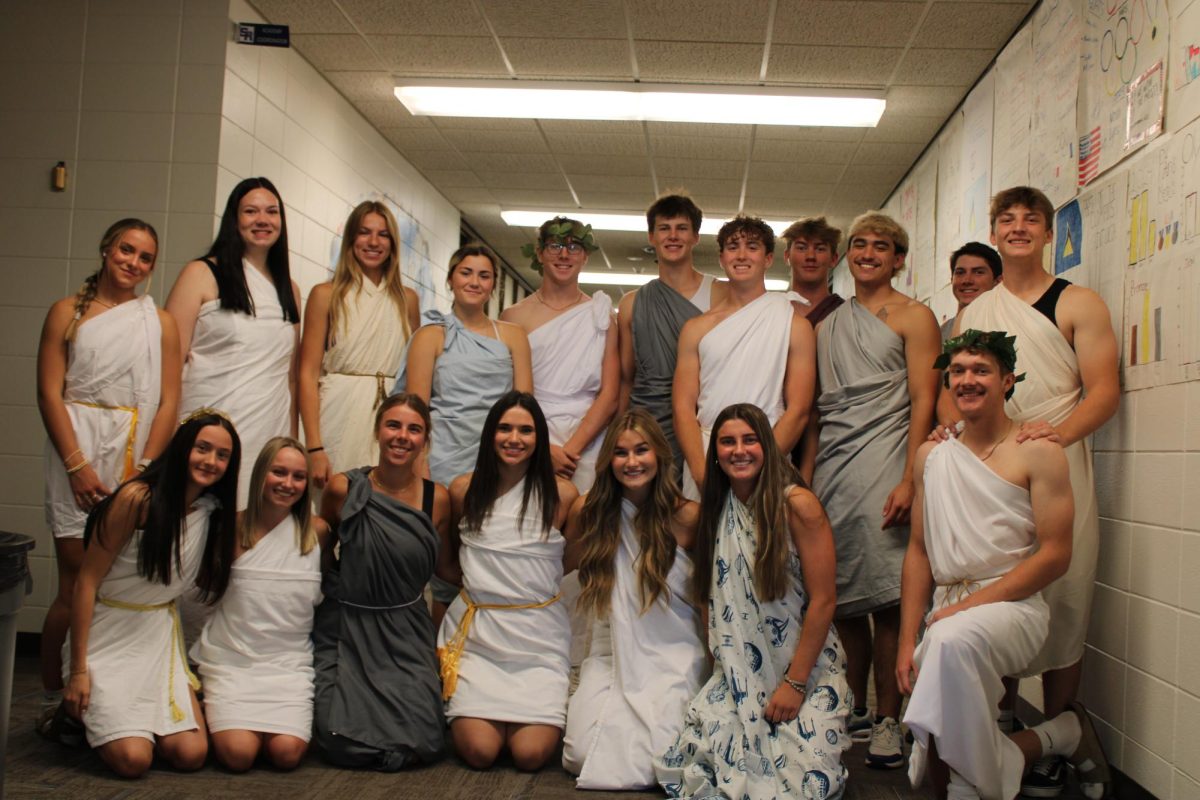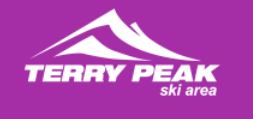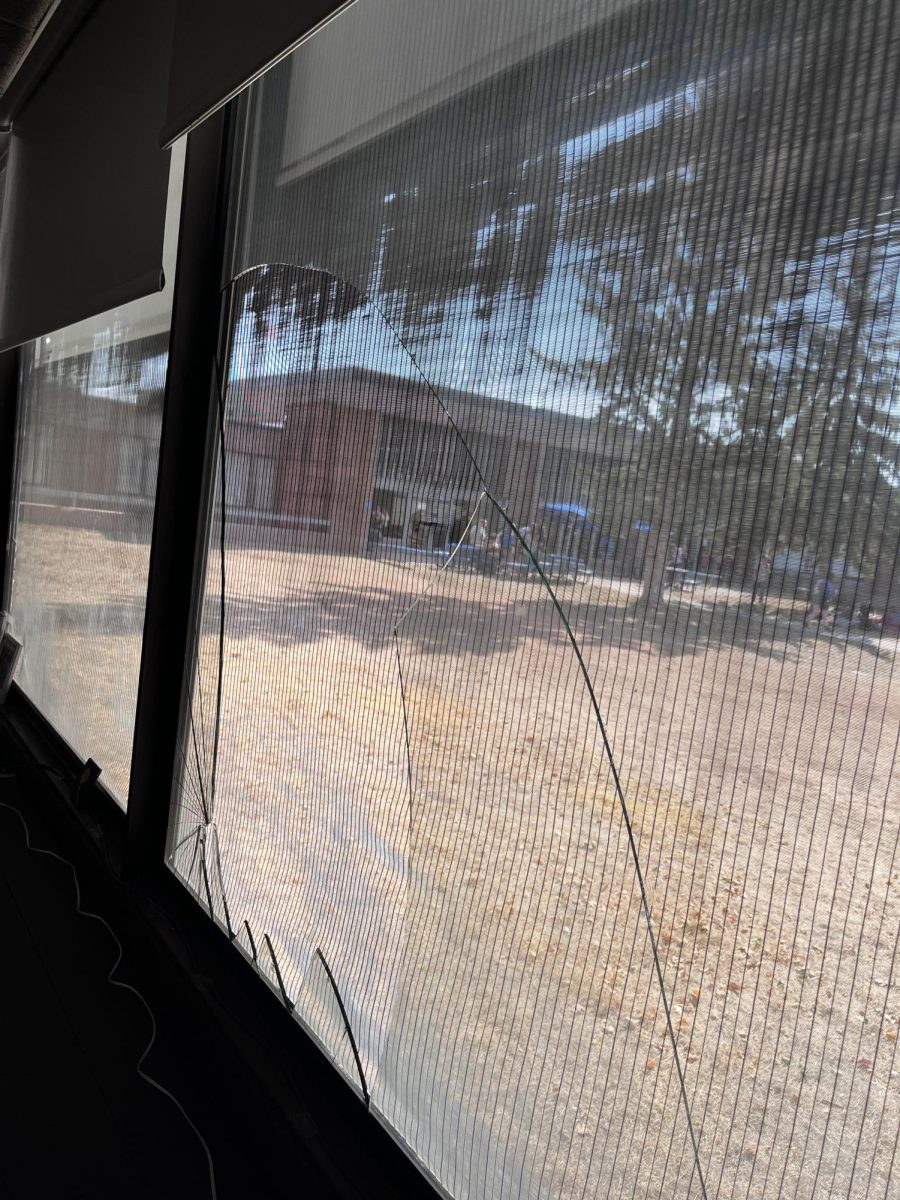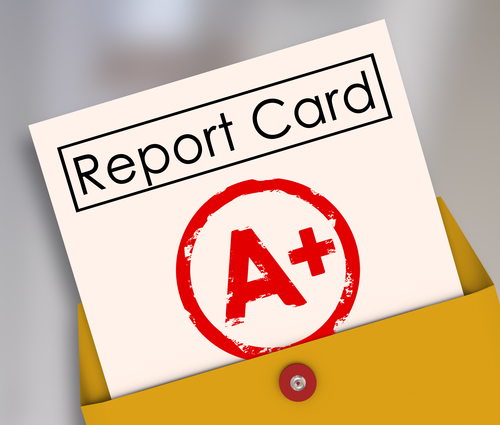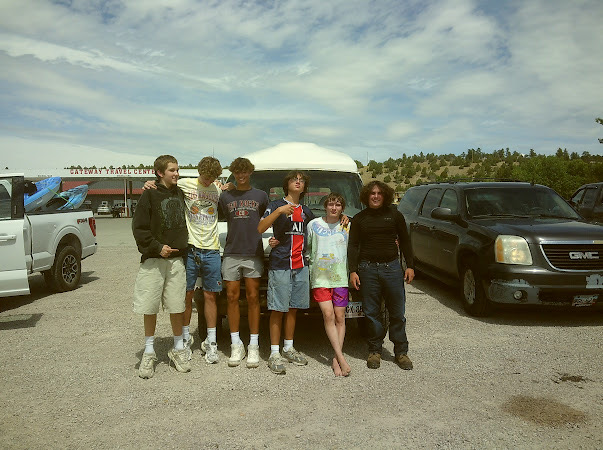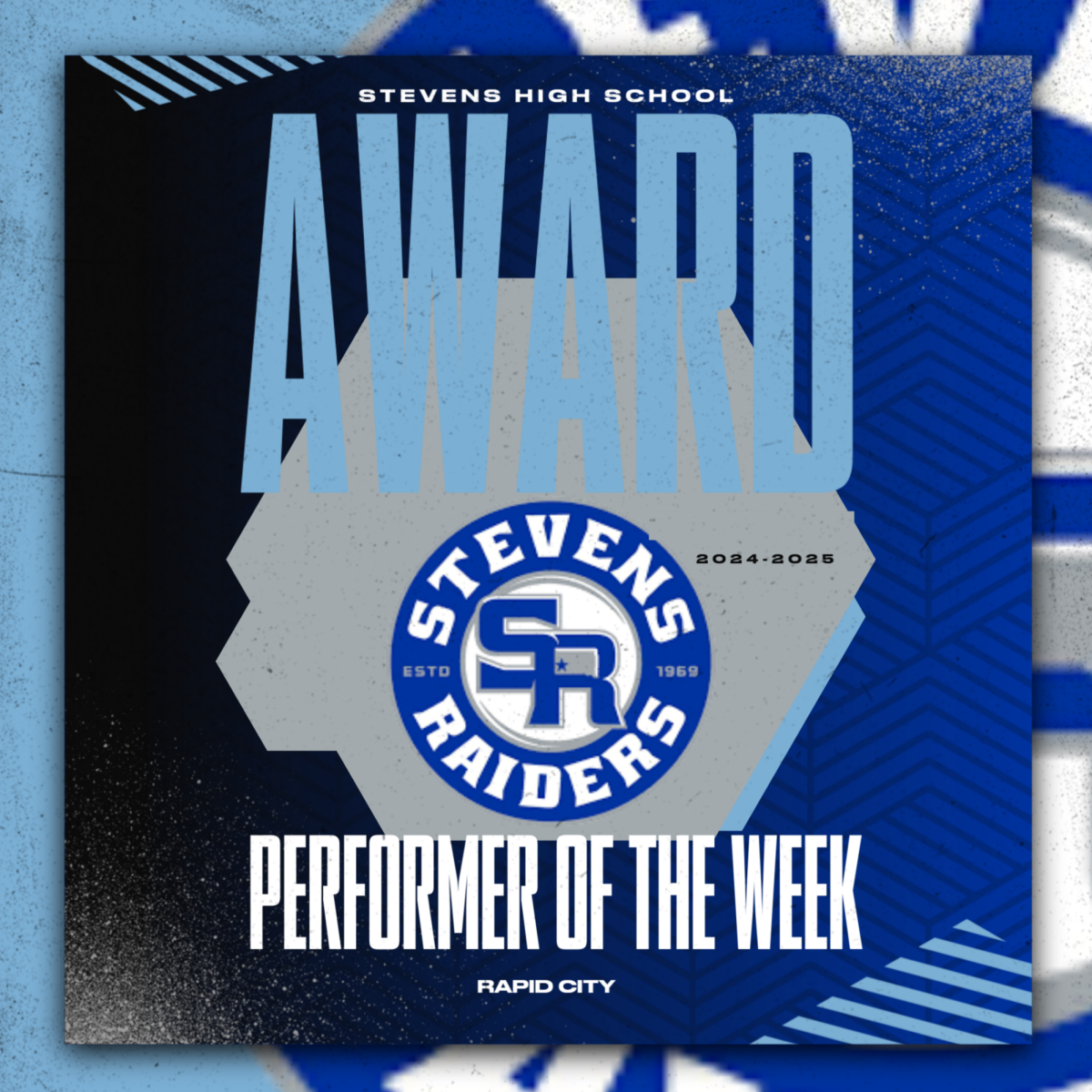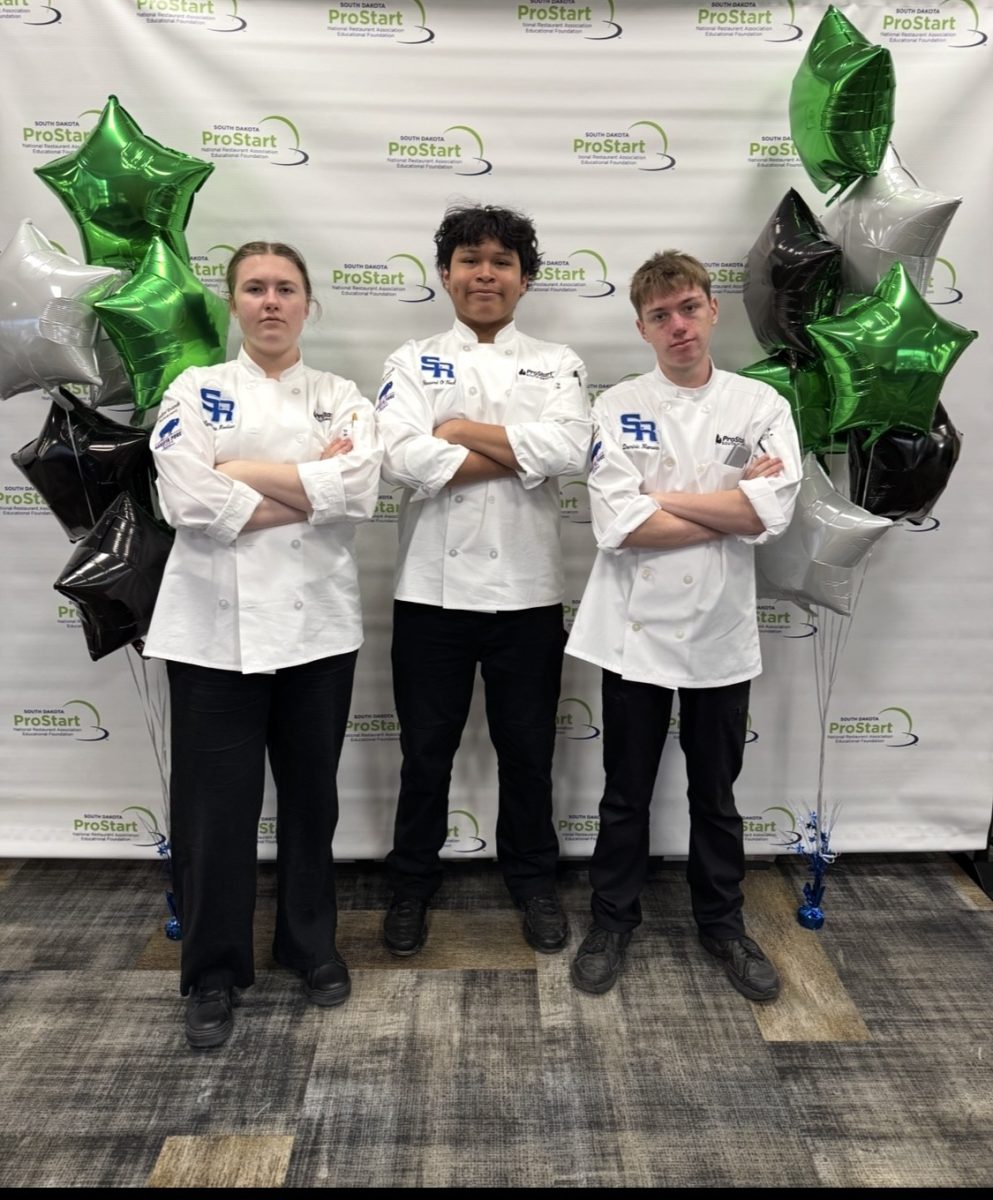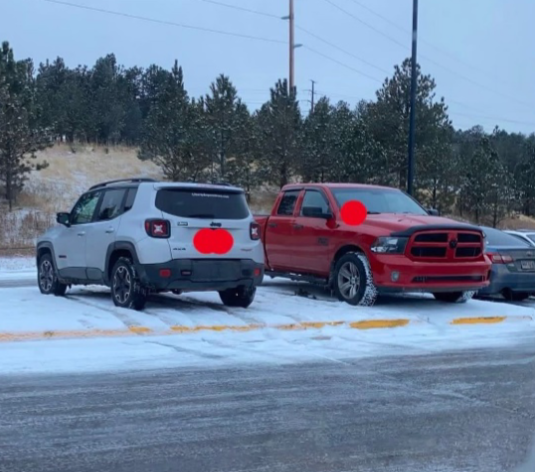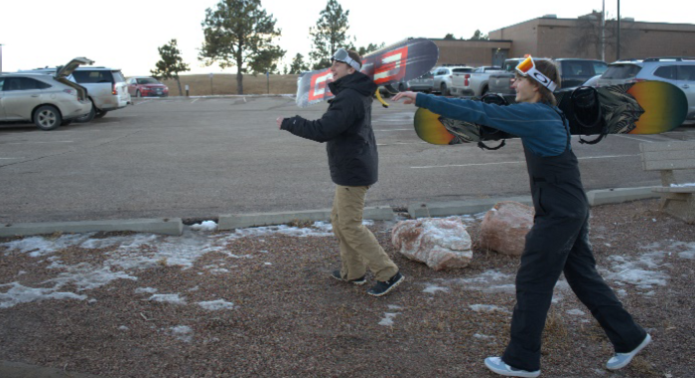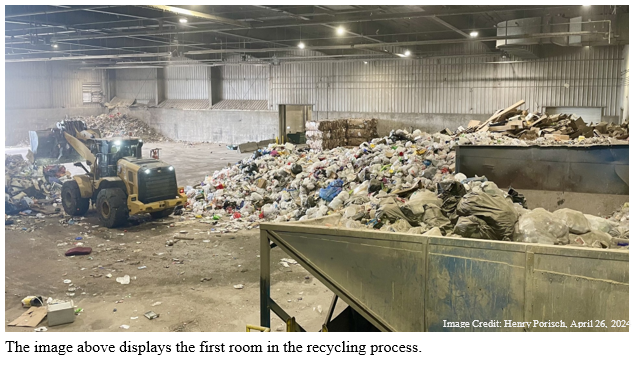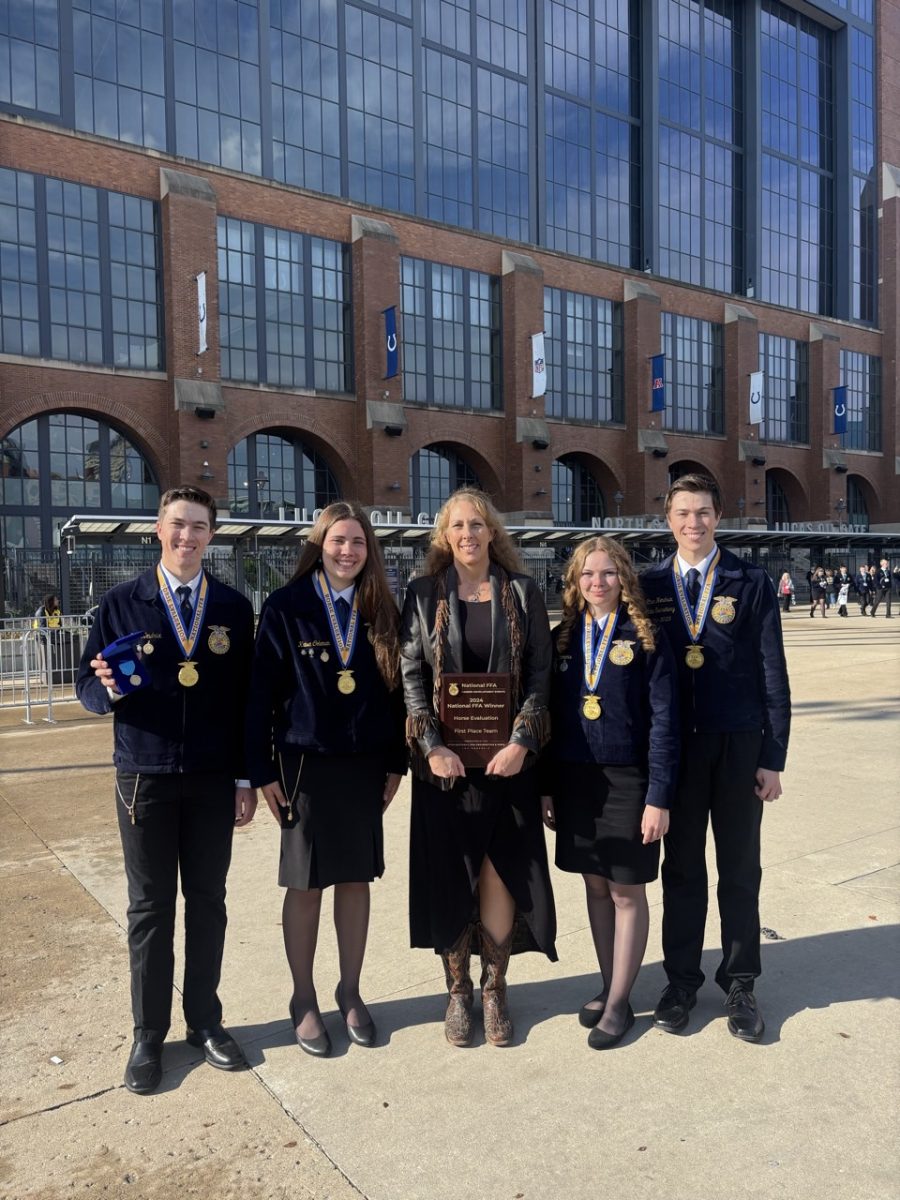The truth about recycling is the Solid Waste Division in Rapid City does much more to benefit the community than the average consumer realizes. From sorting the mixed plastics, to creating compost, the Rapid City landfill is much more valuable than a dump.
The residents of Rapid City often title the Rapid City landfill as the dump, but a landfill and a dump are not the same thing. When rain flows down through garbage, it becomes this dark, smelly liquid called leachate. At a dump, leachate sinks into the earth and damages the environment, while landfills have a protective layer that prevents its escape. This leachate is then pumped out of the landfill and is sent to the water treatment plant to be cleaned and eventually released back into Rapid Creek. This is just one of the few acts that the Rapid City Solid Waste Division is doing for our community.
In the first room of the recycling process, large objects that do not belong are removed and heavy machinery lifts the countless bags of recyclables into a large funnel. When the bags of recyclables reach the bottom, a large auger strips the bags off the recyclables within. From there, a conveyor belt moves the mixed recyclables into the sorting room, where employees remove the shredded bags and other undesirable waste from the conveyor belt. Finally, a series of machines separate glass, aluminum, steel, and plastic. The glass is reused in the landfill as a heavy top layer, keeping the trash from blowing away with the wind. The aluminum, steel, and plastics are then made into bales and sold to manufacturing companies to be repurposed.
Although Americans are encouraged to recycle, not all plastics are equal. On most plastic containers, there is a chasing arrows symbol with a number in the middle that will indicate what type of plastic it is, ranging from 1 to 7. Although it is possible to recycle all these plastics, it is usually cheaper for companies to create new plastic rather than use recycled. Therefore, only plastics 1 and 2 are currently being bought for repurposing. Plastic 1, or PET (Polyethylene terephthalate), is commonly used in plastic bottles, and peanut butter jars. Plastic 2, or HDPE (High density polyethylene), is used in milk jugs, containers for cleaning products, and shampoo bottles. Although the remaining plastics are not currently being recycled in Rapid City, it is important to still recycle all plastics (1 through 7) because any day, someone could start buying plastic 3s or 5s.
In the meantime, the best thing a consumer can do is reduce the number of plastics one uses. “A really easy way to reduce plastic waste is to use a reuseable water bottle,” said Ria Hannon, Solid Waste education and outreach coordinator for the Rapid City landfill. Plastic bottles are one of the most common forms of plastic waste and can be easily avoided by reusing a water bottle. It is exceedingly difficult to never use plastic bottles, but the good news is that they are recyclable. In Rapid City, plastic containers do not need to be rinsed, but they do need to be emptied.
The landfill does not only recycle household waste, but also yard waste. Branches, leaves, and other plant matter are recycled into compost that anyone can buy. The 3/8” compost sells for a penny per pound, and the ¾” is even cheaper! “A new problem we [the employees of Rapid City Solid Waste Division] are having is trying to deal with the pesticides brought in with the yard waste. Unfortunately, there is no effective way to remove it, so we do not recommend our compost for gardens, but it is perfect for grass,” said Hannon. This compost comes from the transfer stations located around Rapid City. These sites are located at Fitzgerald Stadium on Sheridan Lake Rd, the Rapid City Landfill on Hwy 79, and the Corner of Anamosa Street and Nickel Street. These sites are a suitable place to deposit cardboard, newspapers, mass amounts of recyclables, and yard waste.

